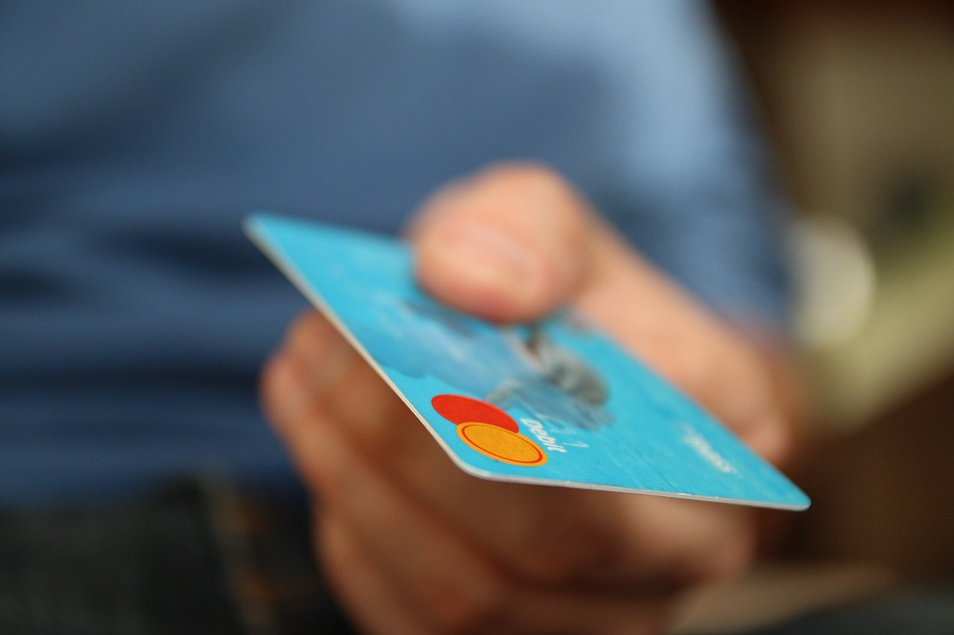


Impulse buyers are individuals who make a purchase even though they may not have originally set out to. But after receiving a targeted ad, they immediately visit the website, already on the purchase path ready to convert.
We’ve all been known to do it, you’ll look on a website and find something you really like, only to see a retargeted ad a few days later informing you that the thing you want is now 50% off! It feels almost foolish not to make the purchase. If anything you’re actually saving money. It’s an easy but effective social media marketing technique.
Impulse buyers are good for business. There’s less effort required to get them to make a purchase compared to targeting someone who’s completely unfamiliar with your brand. Impulse buyers are likely to convert quickly once targeted. But how do you target impulse buyers? How do you influence them to make a purchase?
By using the correct marketing messages, you can influence your audience to make an impulse purchase whenever you want to push for a boost in sales. A 2018 study found that British people spend on average £144,000 on impulse purchases in their lifetime, so if you know how to successfully target this audience then you could be making a lot of extra conversions.
Trigger FOMO
The “fear of missing out” is a very real and very powerful marketing tool. For those that are unfamiliar, FOMO refers to the fear that someone feels if they don’t do something, whether it be not going out with their friends, not picking a certain meal, or even not making an online purchase.
Promotional campaigns that alert customers to limited stock supplies are a popular trick that pushes consumers to make a purchase with a heightened sense of urgency. Phrases such as “one day only,” “while stocks last,” and “limited stock” are just a few ways to trigger an impulse purchase.
Create flash sales
Flash sales are a fast and easy way to make sales from both impulse buyers and loyal customers. The combination of limited stock and added discount can be all that is needed to push for a purchase.
You can announce flash sales by releasing a post on your social medai channels or sending an email to your mailing list.
Add Complementary Products
Placing complementary products together for a discounted price than buying each individually, is a technique that can be found in most brick and mortar shops, so why not do the same in your eCommerce store?
Complementary products are items that are ideally bought together. For instance, if you’re on a site and see the phrase “Customers who bought this also bought,” followed by a list of recommended products, they’re likely to be complementary products.
Another way to employ this strategy is to bundle related items together, but offer them at a slight discount. You can make these bundles available on your online store or offer related products after a customer adds a product to their cart.
Merchandising
Before you start pushing for impulse buyers, you first need to identify what products you want customers to be pushed towards, via effective merchandising strategies. These may be products with an excess of stock, products you're struggling to sell overall, or a new product whose popularity is yet untested.
Once you’ve identified which products you want to push customers towards, the first step is to put them on your home page. It’s important that you aren’t making people search for them as ideally you want a consumer to visit your website, see the product and purchase it immediately. This is the same tactic that’s used by physical stores.
If utilising impulse buyers is something that you would like to adapt in your marketing strategy and optimise your website towards, then contact a member of our expert team today to start your journey with us.